The first thing you need to understand when we talk about scotches versus whiskey, is that all Scotches are whiskies, though not all whiskies are scotches. If you are learning how to drink whiskey, knowing the difference is fundamental. That’s the easiest way to remember how that works. But why? Well, for starters Scotch is made in Scotland. Also for naming’s sake, whiskeys are for American and Irish-made whiskies. Whisky is for Canadian, Japanese, and Scottish whiskies.
Scotch is hugely popular, even though in 2020 the Scotch Whisky Association said the industry “lost a decade of growth” as sales fell 20% due to high tariffs from the U.S. and Europe and the pandemic. Still, the industry exported £3.8 billion, which made up for approximately 75% of Scottish food and beverage exports.
But what makes a Scotch, a Scotch?
Scotch Basics
Like many of the rest of the world’s whiskies, Scotch is a grain-based spirit made mainly from malted barley. Other grains are allowed, but the spirit is mostly distilled from a mash of malted barley.
A Scotch’s distillation turns out a spirit of 94.8% alcohol-by-volume or less (usually less, of course) and matured in oak casks for at least three years. Scotch’s with age declarations on their bottles must be the age of the youngest whisky in a blend.
What is the Difference between Whiskey and Whisky?
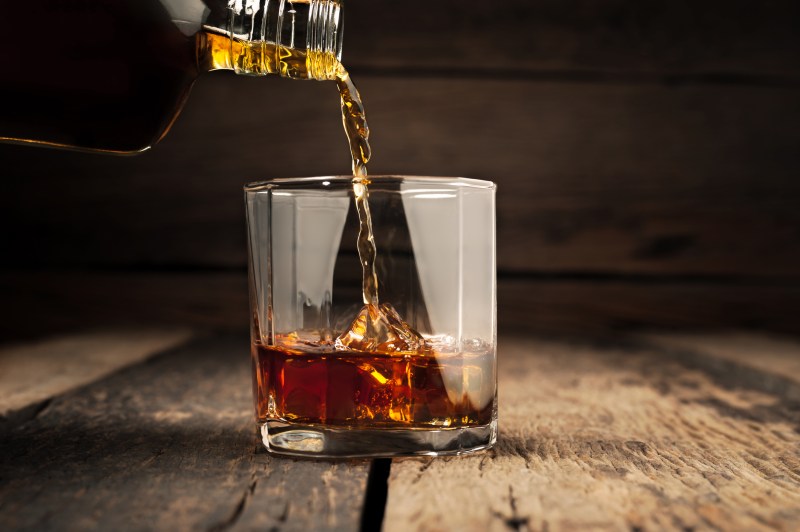
There is a difference between whiskey and whisky beside the spelling. The barrel type is a key differentiator from bourbon, which must age on new oak barrels. Scotch can be aged on used barrels, many of which come from bourbon country. In Scotland, there are 22 million or more barrels maturing, according to the Scotch Whisky Association.
The final product that goes into a bottle must be 40% ABV or higher.
Many Scotch aficionados will highlight their favorite regions, which can produce unique whiskies to their area of Scotland. Particularly popular regions include Islay and Speyside. With more than 100 Scotch distilleries in Scotland, there are five main types of whisky.
Types of Scotch
Single Malt Scotch
Single malt whisky comes from one distillery, which makes the spirit with a single batch of malted barley. Those distilleries can also produce a single cask, which comes from a single barrel at that distillery.
Malt whisky is distilled in batches in pot stills.
Glenfiddich 12-Year
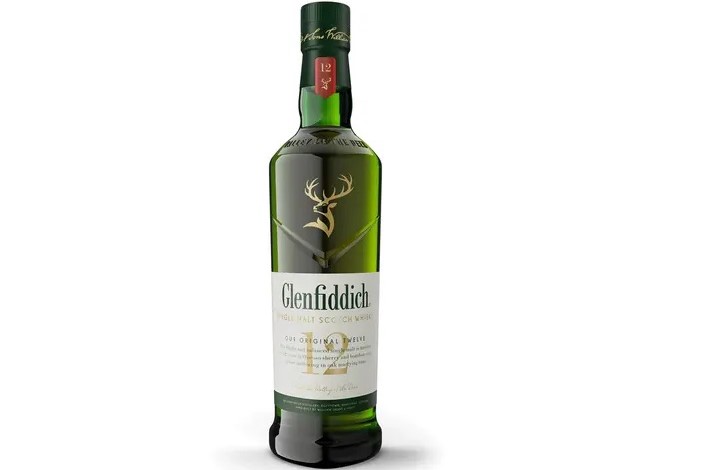
A great entry-level single malt Scotch. It comes from the Highlands, runs about $50, and is great neat, on the rocks or in a cocktail. It’s a little woody, but not overly smoky and has plenty of lighter notes that shine through.
Lagavulin
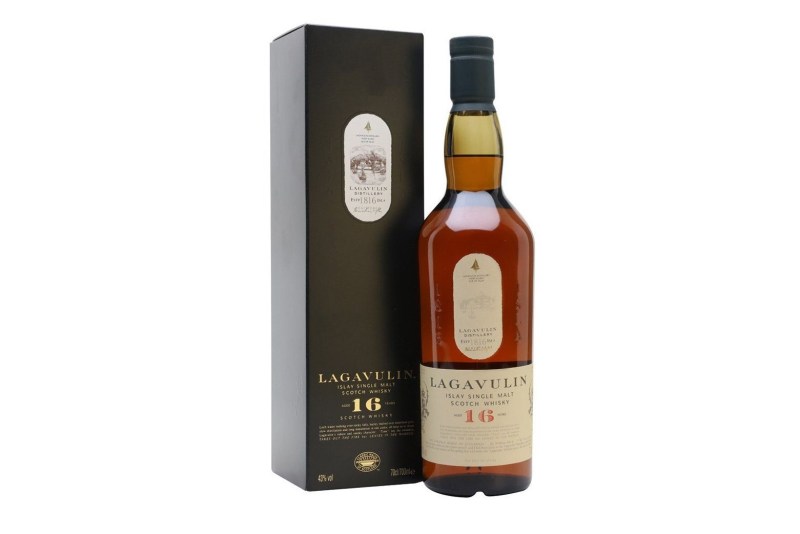
Those who are fans of Ron Swanson are probably familiar with the Islay distillery of Lagavulin. It’s a big, smoky whisky that offers lots of heavy-on-the-tongue notes. Perfect for a winter sipper.
Single Grain Scotch
Single grain whisky is made with a recipe largely of malted barley, but distilleries can use other grains including wheat, corn, and rye. With the addition of other grains, it is not a single malt whisky. They also differ from single malt in that most distilleries use a column still during the process.
Haig Club
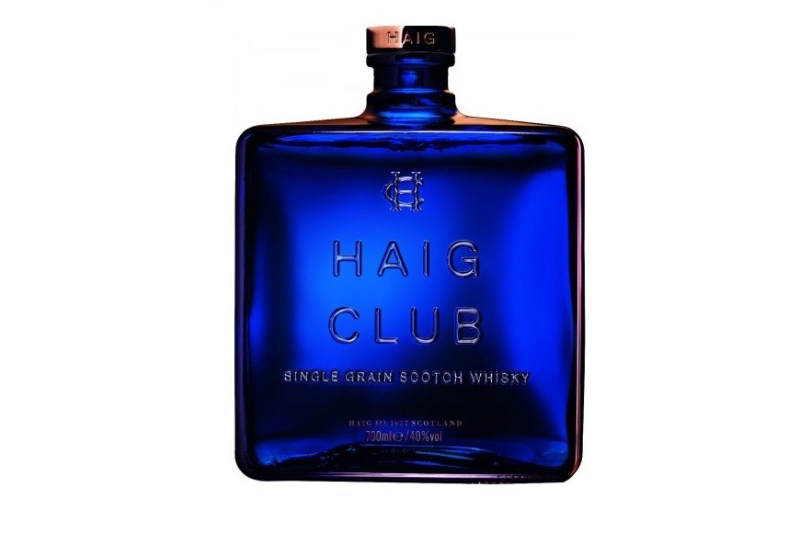
Backed by global soccer star David Beckham, Haig Club is one of the trendiest single grain Scotches. It’s soft on the palate and has plenty of brown sugar.
Blended Malt Scotch
Blended malt Scotch is a whisky made by blending several single malt spirits from multiple distilleries into a bottle. The liquid is a blend of at least two but can be more, single malts from different distilleries.
Monkey Shoulder

Monkey Shoulder is inexpensive, extremely so for how tasty it is. It’s a blend of multiple Speyside distilleries. Drinks very much like bourbon, with lots of vanilla.
Blended Grain Scotch
Blended grain whisky is a combination of two or more grain whiskies from different distilleries.
Blended Scotch
Probably unsurprisingly, blended Scotch is a mixture of at least one single malt whisky and at least one single grain whisky. About 90% of the whisky made in Scotland is blended.
Johnnie Walker Black
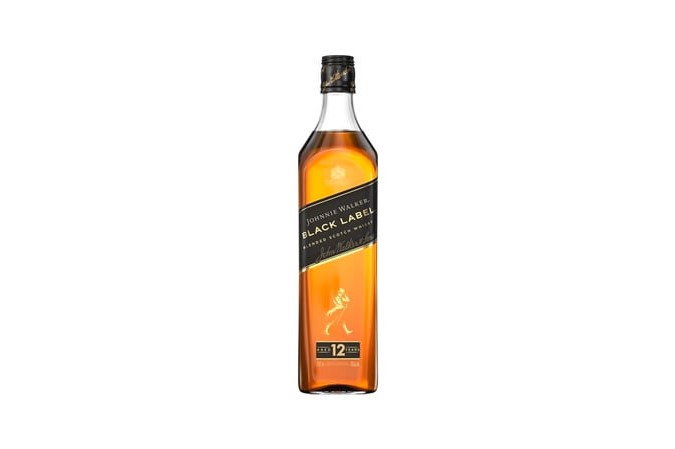
Carrying a 12-year aged statement, Johnnie Walker Black blends more than 30 types of whiskies from across Scotland together. The result is a Scotch nearly synonymous with the spirit. Black Label is complex with sweet, smoky and fruity notes from the many whiskies that go into it.
Scotch Whisky Regions
Islay
Perhaps the most revered region, Islay is an island off the western coast of Scotland and has nine distilleries. The island’s distilleries are actually broken up into north and south regions, which produce different whisky notes. North is peaty and smoky, while the south is less so and often described as sweeter.
Whiskies include Ardbeg, Bowmore, Lagavulin, and Laphroaig.
The Highlands
The Highlands produces the most whisky in Scotland and includes nearly 50 distilleries including the distilleries in the unrecognized islands region. These whiskies are sweet and malty, according to the Scotch association.
Distilleries include Glenmorangie and Edradour, with Highland Park and Talisker calling The Islands home.
Speyside
Perhaps rivaling Islay in the revered region status is Speyside, which is on the northeast corner of Scotland. Many of the distilleries in the region end up using water from the river that gives the region its name, the River Spey. It’s a recent regional designation, separating from the Highlands in 2014.
It’s a region known for smoky and sweet Scotches. Big-name distilleries like The Macallan, Glenfiddich, Balvenie, and The Glenlivet call this region of more than 50 distilleries home.
Lowlands
Made up of distilleries in the southern part of Scotland, the Lowlands largely produces “soft and smooth” whiskies.
Campbeltown
Once a region with a plethora of distilleries, the small area on the western coast has lost a huge majority of those distilleries. The whisky produced in Campbeltown is often peaty and smoky.


